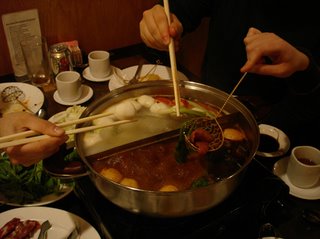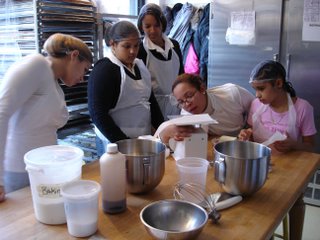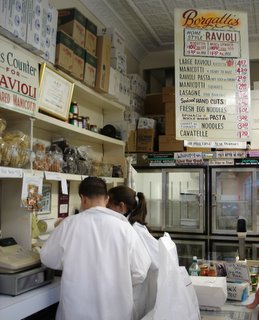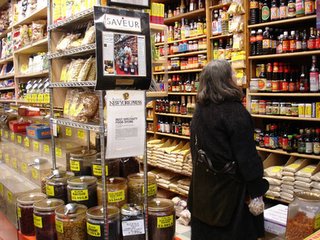SPICE WORLD--Tasty Vegetarian on Curry Hill (NY PRESS)

Vegetarian dining shouldn’t mean eating under-seasoned, undercooked food. And yet, many vegetarian restaurants suffer from a fear of salt and a love of dried out brown rice. Not so at Saravanaas, a South Indian vegetarian restaurant in “Curry Hill,” where everything is bursting with flavor, and you don’t feel like you need a second meal after you’ve eaten.
Saravanaas is the first East Coast franchise of the Chennai-based chain Saravana Bhavan. In order to claim this name, a branch must hire a team of cooks trained at the Chennai headquarters, making Saravanaas one of the most authentic South Indian restaurants in New York. The proof is in its clientele: Young, chattering Indians pack the place at all hours.
The space is bright and open and the walls are hung with fuscia and saffron cloths studded with fake flowers. The shiny, blond wood tables are constantly rearranged to accommodate the large groups flowing in and out. Much of the menu consists of a variety of bread-like items that come with a soupy lentil dip and three types of chutney—cilantro, tomato and coconut. The plain idlis ($3.95) are small, round, spongy patties made from lentil and rice flour. They’re soft and chewy—perfect for sopping up the dipping sauces. The dosas, thin crispy crepes, are some of the city’s best. For a dramatic presentation, try the potato and onion filled Masala dosa ($7.50). Your friends will be impressed when a two-foot long dosa in the shape of a large cylinder arrives before you. Or try the vegetable dosa ($8.25), a flattened crepe in the shape of a triangle filled with seasoned mixed vegetables. This is finger food, so don’t be afraid to eat it with your hands. The tomato onion uttappam ($6.95), a thicker pancake dotted with tomatoes and onions is a bit too oily and bland for my taste, as is the Adai Avail ($8.95), yet another kind of lentil pancake.
Ordering the thalis is the best way to try a range of South Indian dishes. A thali plate consists of a large bowl of rice surrounded by a variety of curries, chutneys and pickles. The South Indian thali ($13.95) comes with a bowl of rice and 11 small dishes filled with two kinds of yogurt, several kinds of vegetable curry and a sweet desert dish—usually something flavored with cardamom. It also includes two chappathis—flat Indian bread, and a fantastically crispy pappad.
If you don’t order a thali, it’s worth getting a side order of pappad for $1.95. The dishes in the thali balance each other nicely, and it really feels like a feast. The Business Meal ($11.95) is similar, but smaller, and features a poori (fried fluffy whole wheat bread served with mashed potato gravy) instead of a chappathi. The Mini Meal focuses on three different kinds of rice (yogurt rice, sambar rice and a special rice of the day) with a curry and a dish of pickles for accents. The Mini Tiffin ($8.95) features a mini Masala dosa, a mini sambar idli and rava kichadi, a semolina porridge.
Conclude your meal with a hot beverage. The milk tea is a well-spiced authentic chai (you have to sweeten it yourself), and the Masala milk is a soothing cup of warm milk seasoned with cardamom, honey, ground almonds and pistachios. The Madras coffee comes in a small metal cup that sits in a metal bowl. It’s a strong brew mixed with cream and topped with a dollop of milk foam. Put a few packets of sugar in the bowl, pour the coffee in, then pour it back and forth a few times to mix in the sugar and to cool it down, and it’s ready to drink.
You don’t have to be a vegetarian to fall in love with Saravanaas. If you appreciate fresh, tasty food, you’ll feel right at home.
Saravanaas
81 Lexington Ave. (at 26th St.)
212-679-0204






